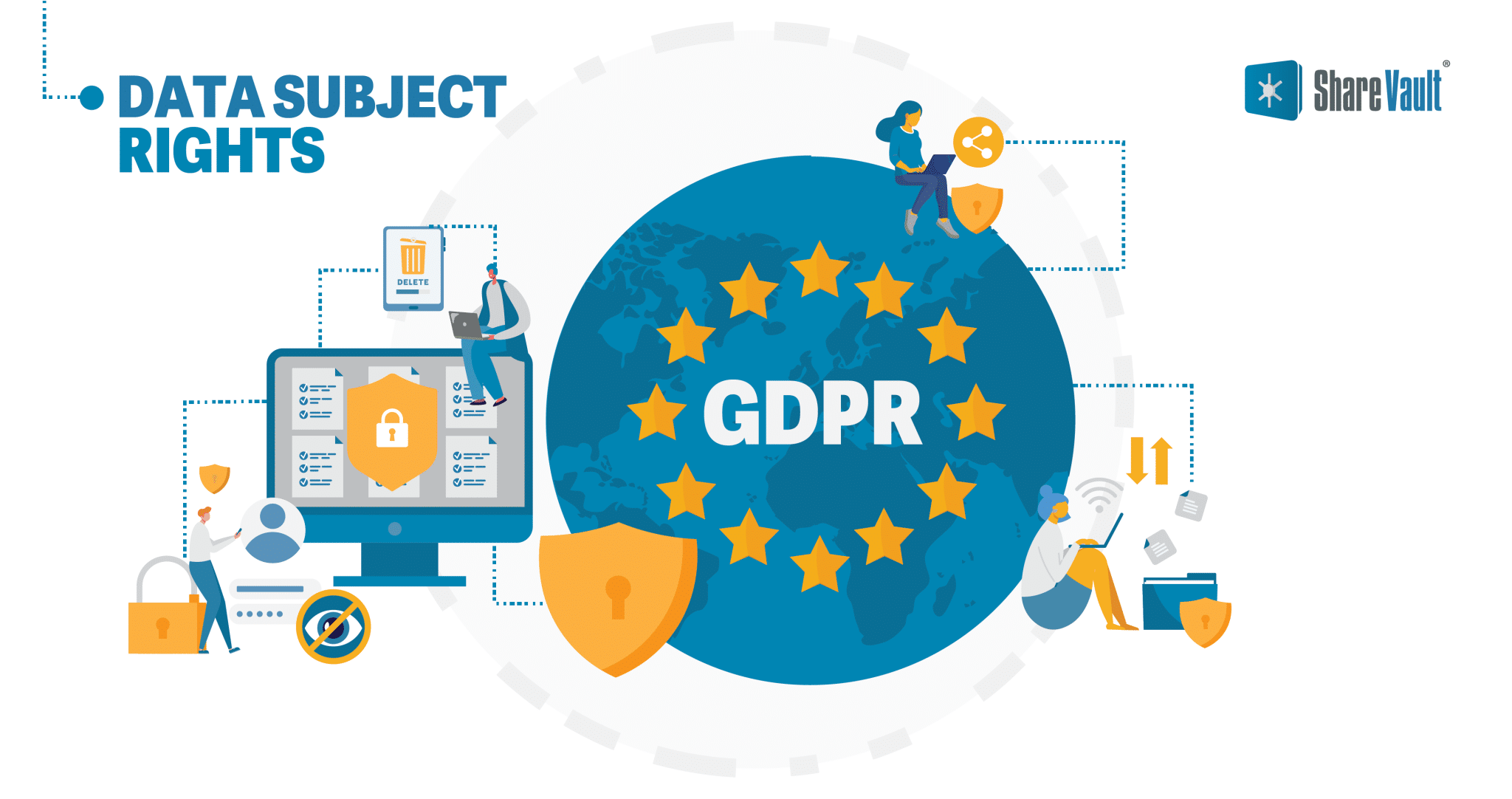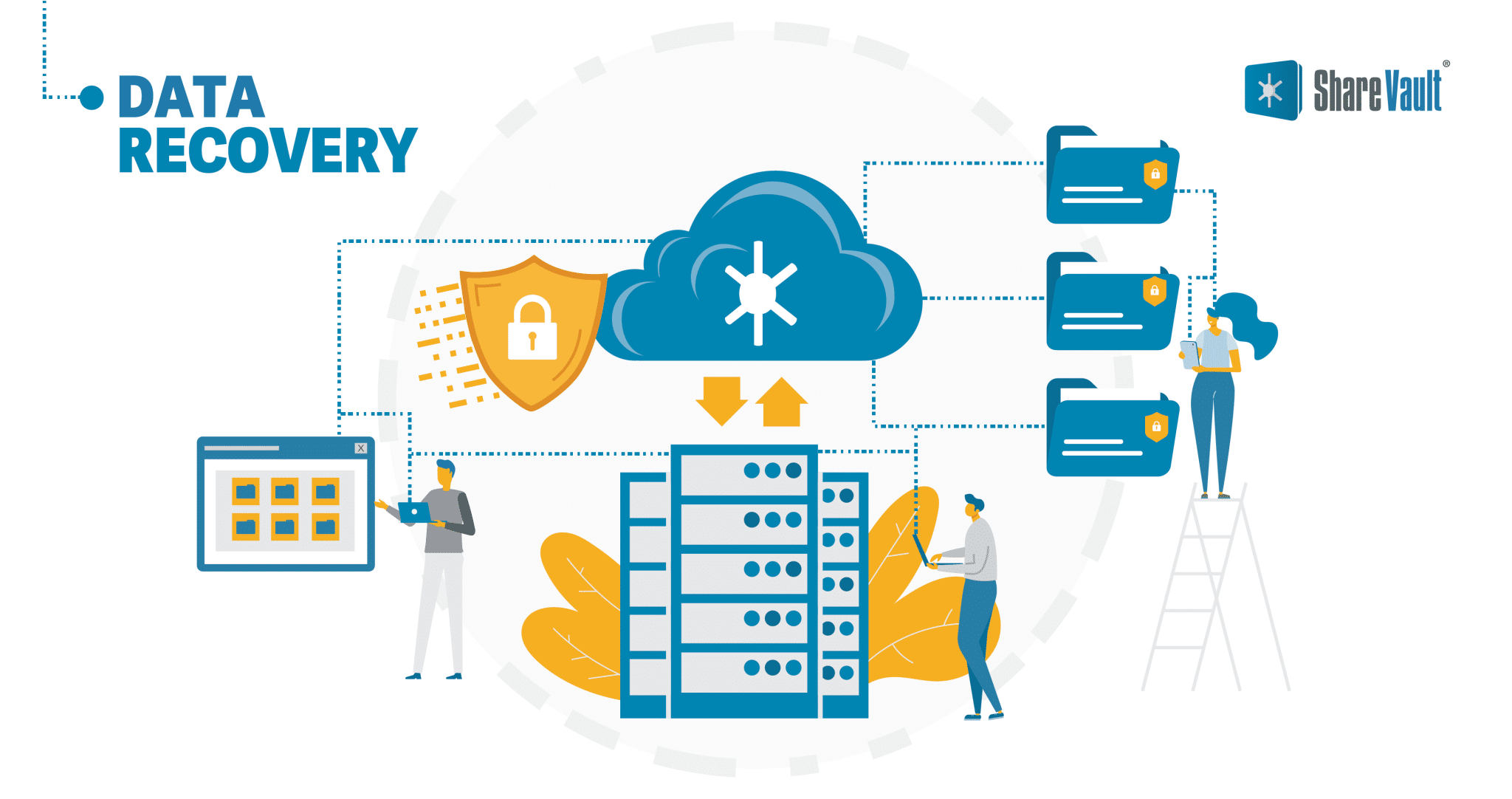In today’s digital age, the importance of data security and confidentiality cannot be overstated. As businesses and organizations increasingly rely on digital communication and data sharing, protecting sensitive information has become a top priority. A Virtual Data Room (VDR) has emerged as a crucial tool for safeguarding data, enabling secure storage and controlled access for sensitive documents.
What are Virtual Data Rooms?
Virtual Data Rooms are secure online repositories that allow businesses to store, manage, and share confidential information with authorized individuals. Originally developed to facilitate due diligence processes during mergers and acquisitions, VDRs have now found applications in various industries, including legal, financial, pharmaceutical, and more. These virtual rooms provide a controlled environment for sharing documents, ensuring that only authorized parties have access to sensitive information.
Key VDR Features Ensuring Data Security
Access Control: One of the fundamental features of VDRs is their granular access control. Administrators can assign different levels of access to users, specifying what actions they can perform with the documents. This prevents unauthorized parties from gaining access to sensitive information and ensures that only individuals who need to see certain documents can view them. Access controls can include the ability to restrict saving, printing, copy/paste, and taking screenshots. Some VDRs even provide administrators with the ability to “remotely shred” documents, meaning access to documents can be revoked, even after they’ve been downloaded.
Encryption: Encryption is a crucial component of VDRs to ensure data security and prevent unauthorized access. VDRs typically encrypt data on multiple levels:
- Data in Transit Encryption (TLS/SSL): When data is transferred between the user’s device and the VDR server, it is encrypted using protocols like Transport Layer Security (TLS) or Secure Sockets Layer (SSL). These protocols establish a secure and encrypted connection, ensuring that the data cannot be intercepted or tampered with during transit.
- Data at Rest Encryption: VDR providers use various encryption methods to protect data stored on their servers. This typically involves encrypting the data at rest using strong encryption algorithms. Each piece of data is encrypted with a unique encryption key. The encryption keys used for data at rest encryption are managed securely. Often, the encryption keys themselves are encrypted and stored in separate systems to prevent unauthorized access to the keys. This adds an additional layer of security.
- End-to-End Encryption: Some advanced VDRs offer end-to-end encryption, which means that the data is encrypted on the user’s device before being uploaded to the VDR. Only the user with the decryption key can access the data, even the VDR provider cannot decrypt it. This provides the highest level of security but can also make some collaborative features more challenging to implement.
DynamicWatermarking: VDRs often employ watermarking techniques, which overlay confidential documents with visible or invisible markers. This makes it easier to trace the source of a leaked document if it ever gets outside the secure environment.
Document Tracking: Document tracking features allow administrators to monitor who accessed documents, when, and for how long, often down to the page level.
Audit Trails: Another critical security feature is the ability to create detailed audit trails. These logs record every action taken within the VDR, including document uploads, downloads, edits, and access attempts. In the event of a security breach or data leak, these audit trails can provide valuable insights into what happened and when. Comprehensive audit trails are also often necessary for regulatory compliance.
How Virtual Data Rooms Ensure Confidentiality
Non-Disclosure Agreements (NDAs): Before granting access to the VDR, users are often required to sign non-disclosure or confidentiality agreements. This legally binds them to maintain confidentiality and ensures that they understand the sensitive nature of the documents they are about to access.
Time-Limited Access: VDR administrators can set expiration dates for documents or revoke access at any time. This ensures that even if a user gains access, they won’t have it indefinitely, reducing the risk of data exposure. Expiration dates can also serve as a very effective tool for enforcing project deadlines.
Secure Collaboration: VDRs facilitate collaboration while maintaining confidentiality. Features like document version control, commenting, and Q&A modules enable authorized users to interact and work together within the secure environment without resorting to insecure communication channels.
Restricted Printing or Downloading: Most VDRs provide the option to disable printing or downloading of documents. This prevents users from making unauthorized copies of sensitive information.
VDR Benefits That Go Beyond Security
While the primary focus of VDRs is security and confidentiality, they also offer additional benefits:
Efficiency: Traditional physical document sharing is time-consuming and can lead to errors. VDRs streamline the process, making it quicker and more efficient.
Global Access: VDRs enable authorized users to access documents from anywhere in the world, eliminating geographical constraints.
Cost Savings: Using VDRs reduces the need for physical document storage and distribution, resulting in cost savings.
How VDRs Help Organizations Comply with GDPR and Other Data Protection Regulations
Virtual Data Rooms (VDRs) play a crucial role in helping organizations comply with data protection regulations such as the General Data Protection Regulation (GDPR) and other similar frameworks. GDPR is a comprehensive European Union regulation designed to protect the personal data and privacy of individuals. Here’s how VDRs assist with compliance:
Secure Data Storage and Transfer: VDRs provide a secure environment for storing, sharing, and transferring sensitive documents and data. This is essential for complying with GDPR’s requirements to protect personal data from unauthorized access, loss, or breaches.
Access Control: A VDRs ability to set granular access controls, such as defining who can access, view, edit, download, or share specific documents and folders, aligns with GDPR’s principle of ensuring that only authorized personnel have access to personal data.
Audit Trails: Comprehensive audit trails enable organizations to demonstrate accountability and compliance with GDPR’s requirement to maintain records of data processing activities.
Data Retention and Deletion: GDPR mandates that personal data should not be retained longer than necessary. VDRs can facilitate compliance by enabling organizations to set automatic retention policies and reminders to delete or archive data once its purpose is fulfilled. This helps organizations adhere to GDPR’s principles of data minimization and storage limitation.
Consent Management: VDRs can be used to manage documentation related to obtaining and managing consent from data subjects for data processing activities. Organizations can use the platform to store records of consent forms, ensuring compliance with GDPR’s requirements for lawful processing of personal data.
Data Subject Rights: GDPR grants individuals various rights over their personal data, including the right to access, rectify, and delete their data. VDRs can assist organizations in responding to such requests by providing a centralized location to locate, review, and take action on personal data.
Cross-Border Data Transfer: If an organization needs to transfer personal data across borders, VDRs can help ensure compliance by providing encryption, secure access controls, and audit trails. These measures help meet GDPR’s stringent requirements for safeguarding data during international transfers.
Vendor Management: If third-party vendors process personal data on behalf of an organization (data processors), VDRs can facilitate compliance by ensuring that these vendors adhere to the organization’s data protection policies and procedures.
Incident Response: In the event of a data breach, VDRs can play a role in managing the incident by providing tools to identify the breach, assess its impact, and take appropriate action to mitigate risks and notify relevant authorities.
It’s important to note that while VDRs offer valuable features for GDPR compliance, organizations must still ensure that their usage of these platforms aligns with the specific requirements of the regulations they are subject to. Additionally, GDPR compliance is a multifaceted effort that involves not only technology but also organizational policies, procedures, training, and ongoing monitoring.
How VDRs Can Mitigate Data Breaches and Security Incidents
A virtual data room (VDR) can play a crucial role in dealing with a data breach or security incident by providing a secure and controlled environment for managing sensitive information. Here’s how a VDR can help in such situations:
Isolation and Segregation: A VDR is designed to isolate and segregate sensitive information from the rest of the organization’s data. In the event of a data breach, the breach may be limited to the data contained within the VDR, minimizing the impact on other critical business systems and data.
Access Controls: VDRs offer robust access control mechanisms, allowing administrators to control who can access, view, and modify documents. In the case of a security incident, access can be immediately revoked for unauthorized users or suspicious activity can be monitored and addressed promptly.
Encryption: Even if a breach occurs, a VDRs powerful encryption features adds an additional layer of security to prevent unauthorized parties from reading stolen data.
Audit Trails: A VDRs’ comprehensive audit trail includes who accessed documents, when they accessed them, and what actions they performed. In the event of a security incident, these logs can provide critical information for investigating and understanding the breach.
Rapid Response: When a security incident occurs, time is of the essence. VDRs allow administrators to quickly respond by locking down access, restricting functionality, or even shutting down the VDR if necessary, mitigating further damage.
Communication: During a security incident, clear communication is essential. A VDR can facilitate secure communication among stakeholders, allowing them to collaborate on response efforts, share information, and make decisions without resorting to less secure channels.
Data Recovery: If data is compromised, having a secure backup within the VDR can be invaluable. It ensures that you have a clean copy of the data that can be restored once the breach is contained and resolved.
Legal and Regulatory Compliance: Depending on the nature of the breach, legal and regulatory obligations may come into play. A VDR’s features, such as access controls, audit trails, and encryption, can assist in demonstrating compliance with data protection regulations.
Forensic Investigation: When investigating a breach, it’s crucial to understand the scope, cause, and impact. The detailed information stored in a VDR’s audit logs can aid in forensic analysis, helping organizations understand how the breach occurred and what data might have been affected.
Learning and Improvement: After dealing with a security incident, it’s important to analyze the breach to prevent similar incidents in the future. VDRs can provide insights into vulnerabilities and areas that need improvement in terms of data security practices.
Remember that while a VDR can greatly assist in managing a data breach, it should be just one part of a comprehensive cybersecurity strategy. Regular risk assessments, employee training, incident response planning, and ongoing security updates are also essential components of a robust security posture.
In conclusion, virtual data rooms play a crucial role in ensuring data security and confidentiality in today’s data-driven business landscape. Their robust security features, access controls, encryption mechanisms, and auditing capabilities make them indispensable for safeguarding sensitive information during critical business processes. As cyber threats continue to evolve, VDRs offer a secure haven for businesses to protect their most valuable asset: their data.
ShareVault has been providing organizations of all types and sizes with secure document sharing solutions for over 15 years.










